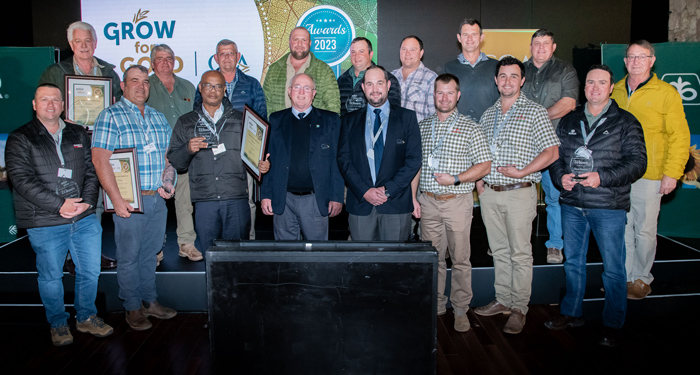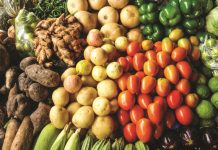Compared to the average yields for the various grain crops produced in the summer rainfall areas of the country, the yields realised by the producers participating in the Grow for Gold yield competition are quite phenomenal.
One often hears that high-yield competitions serve no purpose. However, listening to producers who took part in the 2023 Grow for Gold yield competition, many of whom entered for the first time, it is clear that a competition such as this pushes them to aim higher and dream bigger. These producers not only chase yields, but also focus on profitability and sustainable practices. They try innovative technologies, focus on interpreting data, and tweak their practices to determine what makes that additional difference. They do their own research to ensure that they compare apples with apples.
According to Corné Louw, head: Applied Economics and Membership Services at Grain SA, most producers see this competition as an opportunity to learn more. ‘We hope with this competition we are able to establish a network of farmers who share their best practices with each other and in doing so, improve cultivation practices in the country to the benefit of all farmers.’
The average yield for dryland maize produced during the past season in the western production areas of the country was 5,22 t/ha. In this area the finalists in the North West, the Free State water table areas, as well as in the western parts of the central maize production areas, realised yields more than double the average with yields varying between 10,5 t/ha and 13,3 t/ha.
Even more astonishing were the yields realised by the finalists in the eastern dryland production areas of the country. The average yield for this area during the past season was 5,75 t/ha and the yields achieved in the competition varied from 13,6 t/ha to a top yield of 17,24 t/ha.
In the irrigation areas, the average maize yield during the past season was 11,39 t/ha. In this category, the producers pushed the yield boundaries upwards to between 18,491 t/ha and 21,5 t/ha.
Yields were equally impressive in the soybean category. Traditionally, the western production areas were not perceived as ideal for soybean production. This perception was once again proved to be wrong. Apart from the fact that the average yields for soybeans in the eastern and western production areas did not differ much, the yields realised closed the lid on stories that soybeans do not fit into a production system for grain crops in the western production areas.
The average yield for soybeans produced under dryland conditions in the western parts of the country was 2,87 t/ha during the past season. This year the highest yield realised was 6,1 t/ha and the others varied from 4,4 t/ha upwards. The average yield during the past season for dryland soybeans in the eastern production areas was 2,88 t/ha. Here the record-breaking yields varied between 4 t/ha and 6,6 t/ha.
Under irrigation, the average soybean yield for the country is 3,53 t/ha and this year the finalists in this category almost doubled the yield average. The lowest yield in this category was 5,3 t/ha with the highest 6,67 t/ha.
The biggest success story, however, was found in the category for sunflower production. The average yield in the past season for sunflower production in South Africa was 1,31 t/ha. All three finalists realised yields of around 4 t/ha. In the third place the yield realised was 3,995 t/ha and the winning yield was 4,16 t/ha.




















